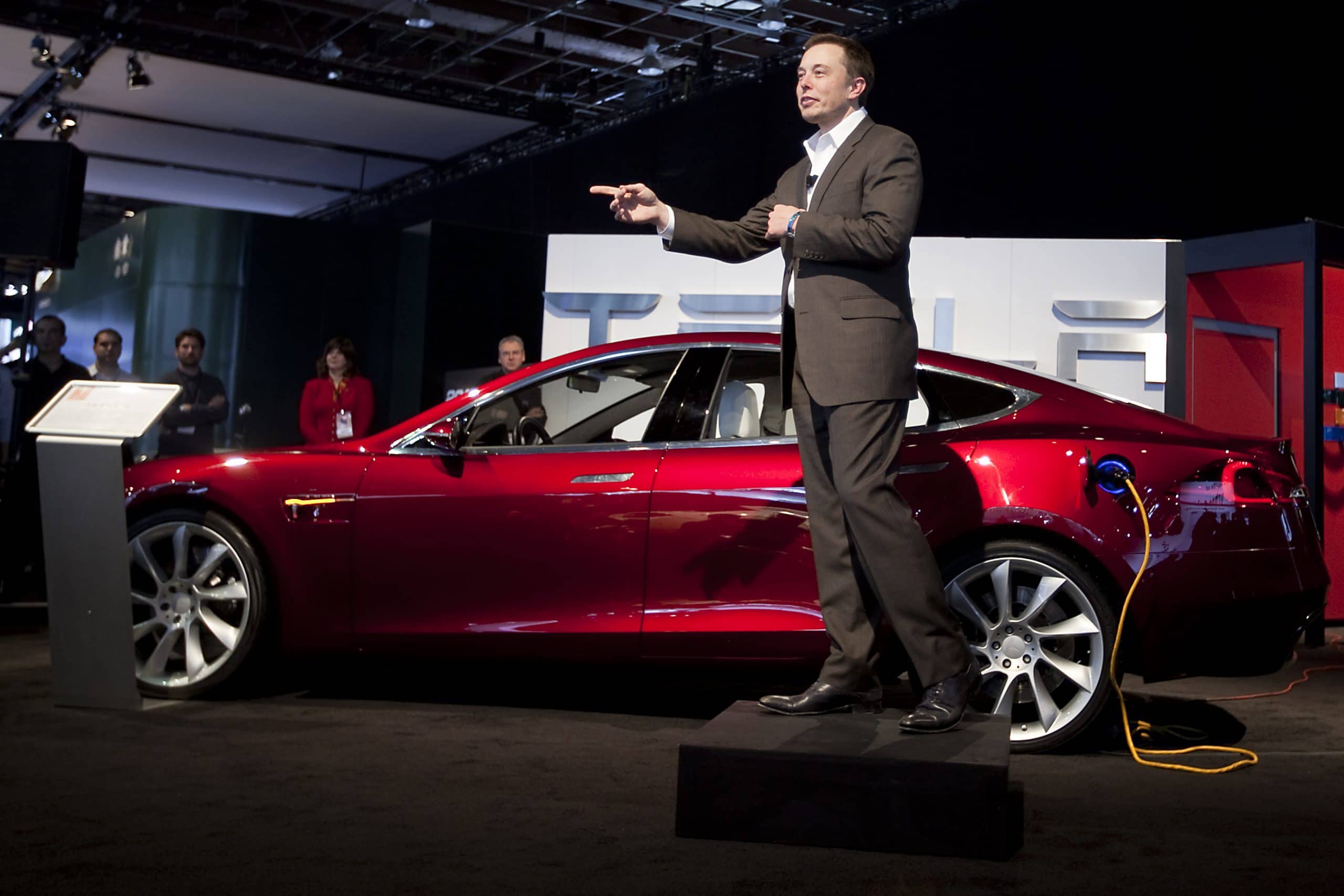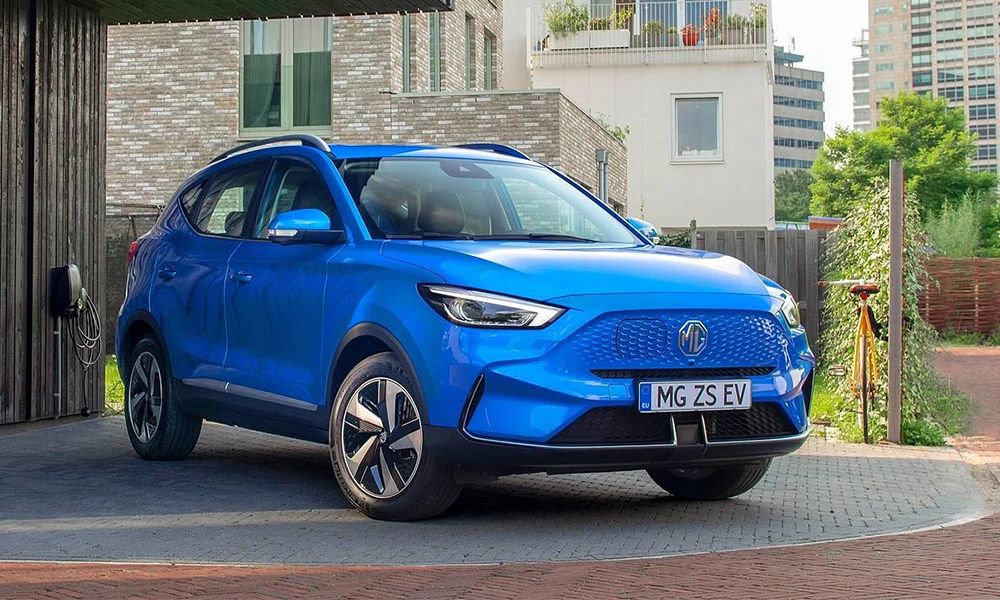Choosing the right electric car (EV) for Indian roads can be challenging, given the diverse driving conditions and evolving EV ecosystem. Here’s a detailed guide to help you make an informed decision and find the EV that perfectly suits your needs.
1. Assess Your Driving Needs
| Factor | Recommendation |
|---|---|
| Daily Commute Distance | EVs with 200–300 km range (e.g., Tata Tiago EV). |
| Long-Distance Travel | EVs with 400+ km range (e.g., MG ZS EV, Kia EV6). |
| Usage Type | Compact EVs for city driving, spacious ones for family trips. |
Why It Matters:
Understanding your driving patterns ensures you select an EV with adequate range and features for your lifestyle.
2. Consider Range and Battery Capacity
| Usage | Ideal Range (km) | Example Models |
|---|---|---|
| City Commuting | 200–300 km | Tata Tiago EV, MG Comet EV |
| Highway and Family Use | 400+ km | MG ZS EV, BYD Atto 3 |
Tip: Always check the real-world range, which may be lower than the ARAI-certified range.
3. Check Charging Infrastructure
| Charging Option | What to Look For |
|---|---|
| Home Charging | Compatibility with standard sockets and optional fast chargers. |
| Public Charging | Availability of fast-charging stations near your area. |
Why It Matters:
A well-planned charging setup ensures convenience and eliminates range anxiety.
4. Prioritize Ground Clearance
| Road Condition | Recommended Ground Clearance | Example Models |
|---|---|---|
| City Roads | 170–190 mm | Tata Tigor EV, Citroën ëC3 |
| Uneven Terrain | 200+ mm | Tata Nexon EV, MG ZS EV |
Why It Matters:
Higher ground clearance prevents damage to the undercarriage on rough roads and speed bumps.
5. Look for Affordable Running Costs
| Aspect | Electric Cars |
|---|---|
| Charging Cost (₹/km) | ₹1–₹2 (varies with electricity rates). |
| Maintenance | Minimal compared to petrol/diesel vehicles. |
Tip: Opt for models like the Tata Tiago EV or MG Comet EV for budget-friendly daily commutes.
6. Evaluate Safety Features
| Key Features | Importance | Example Models |
|---|---|---|
| Airbags | Standard for passenger safety. | Tata Nexon EV, MG ZS EV |
| ESC and ABS | Essential for stability and braking. | BYD Atto 3, Hyundai Ioniq 5 |
| ISOFIX Mounts | For family buyers with young children. | Citroën ëC3, Tata Tigor EV |
Why It Matters:
Safety is crucial for Indian road conditions with unpredictable traffic patterns.
7. Compare Costs and Incentives
| Category | Price Range (₹) | Example Models |
|---|---|---|
| Budget-Friendly | ₹8–₹12 lakh | Tata Tiago EV, MG Comet EV |
| Mid-Range | ₹15–₹25 lakh | Tata Nexon EV Max, MG ZS EV |
| Premium | ₹40+ lakh | Hyundai Ioniq 5, Kia EV6 |
Incentives to Explore:
- FAME II Subsidy: Up to ₹1.5 lakh.
- State Benefits: Reduced road tax and free registration in select states.
8. Features to Enhance City Driving
| Feature | Why It’s Important |
|---|---|
| Compact Size | Easy to navigate in heavy traffic. |
| Regenerative Braking | Maximizes range in stop-and-go traffic. |
| Connected Car Tech | Remote monitoring and charging controls. |
Example: The MG Comet EV and Tata Tiago EV excel in city driving with compact designs and practical features.
9. Plan for Long-Term Ownership
| Factor | Details |
|---|---|
| Battery Warranty | Opt for models with 8+ years warranty. |
| Resale Value | EV resale values are improving with demand. |
Why It Matters:
A reliable battery and long-term cost savings ensure a worthwhile investment.
Conclusion
Choosing the perfect electric car for Indian roads involves balancing range, affordability, safety, and practicality. Budget-conscious buyers can opt for models like the Tata Tiago EV or MG Comet EV, while families and long-distance travelers may prefer the Tata Nexon EV Max or MG ZS EV.
With expanding charging infrastructure and government incentives, switching to an EV is not only a sustainable choice but also a smart financial decision for the future. Analyze your needs, and choose an EV that fits your lifestyle and driving habits.




Post Comment